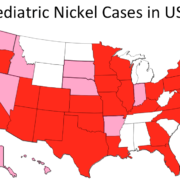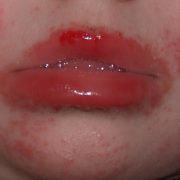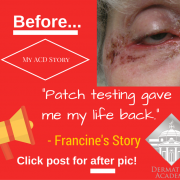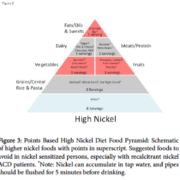Detection of Nickel Sensitization – Article Review
Original article: HERE
Rietschel RL, Fowler JF, Warshaw EM, Belsito D, DeLeo VA, Maibach HI, Marks JG, Mathias CG, Pratt M, Sasseville D, Storrs FJ, Taylor JS, Zug KA. Detection of Nickel Sensitivity has Increased in North American Patch-test Patients. Dermatitis. 2008 Jan-Feb;19(1):16-9.
Review by Daniel No, BA. MSIII Loma Linda University School of Medicine
The prevalence of nickel contact allergy has steadily increased in men and women since the 1990s. The authors, Rietschel et al., enrolled 25,626 patients during the years 1992 to 2004 to undergo patch testing to detect nickel sensitivity. The data from this study demonstrated:
- The nickel sensitization rate has steady increased from 14.5% in 1992 to 18.8% in 2004. The upward trend further emphasizes the importance of public awareness and education of nickel contact dermatitis. significant impact this allergen has on the North American population.
- Females from 2001 to 2004 were 1.1 to 1.2 times more likely to be sensitive to nickel in comparison to females tested from 1992 to 2000. Similar results were found in the male population, however, the findings were not statistically significant.
- Younger males (< 19 years old) were 2.33 times more likely to be sensitive to nickel than their older counterparts. Similarly, younger females were found to be 1.51 times more likely to be nickel sensitive.
- The patch test is essential in identifying specific allergens in allergic contact dermatitis. Patches containing 2.5% nickel sulfate were applied and left in place for 2 days and subsequently interpreted when removed. A follow-up interpretation was conducted one to five days later.



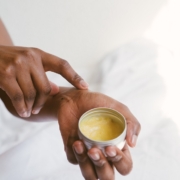 Photo by Retha Ferguson from Pexels
Photo by Retha Ferguson from Pexels 